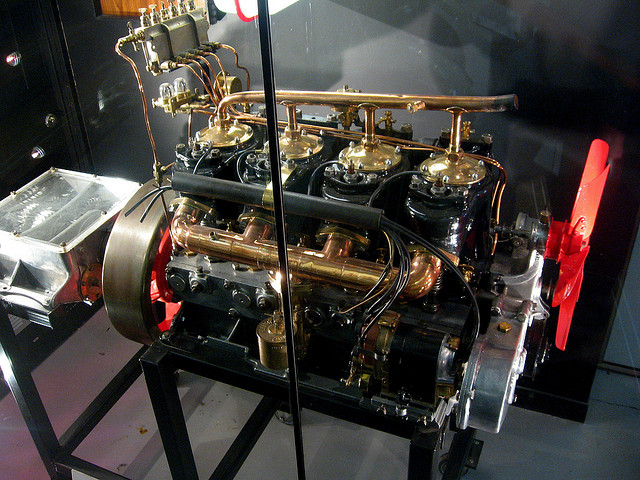
Thermoelectric materials convert temperature differences into electric voltages and vice versa. The Peltier Effect, which allows voltages to provide either heating or cooling, is used in portable coolers and in some car seats. But the Seebeck Effect, which produces electricity from temperature differences, has far more potential for practical use.
Large internal combustion engines used in industry and all manner of transportation produce vast amounts of waste heat. In fact, on average, 2/3 of the energy it takes to run engines is lost as waste heat.
Thermoelectric devices could potentially recover much of this heat by using it to generate electricity. This is not a new concept, but is one whose practical implementation has been limited by the efficiency of thermoelectric materials. Simply put, thermoelectric devices simply don’t produce enough electricity to make it worthwhile to use them.
Researchers have been searching for better thermoelectric materials for decades, but progress has been slow. Recently, a team at Northwestern University has discovered a form of tin selenide that has set new records for thermoelectric efficiency. The material is at least twice as efficient as current materials in producing electricity from high-temperature sources like large combustion engines. The new material is good enough that the economic proposition of using it to extract energy from automobile tailpipes, power plants and tanker engines is much more favorable.
Much work remains in creating practical devices from the new material, but it represents a potential way to recover some of the enormous amounts of energy that today simply goes to waste.
**********
.
Web Links
Photo, posted September 1, 2009, courtesy of Timitrius via Flickr.
.
Earth Wise is a production of WAMC Northeast Public Radio.